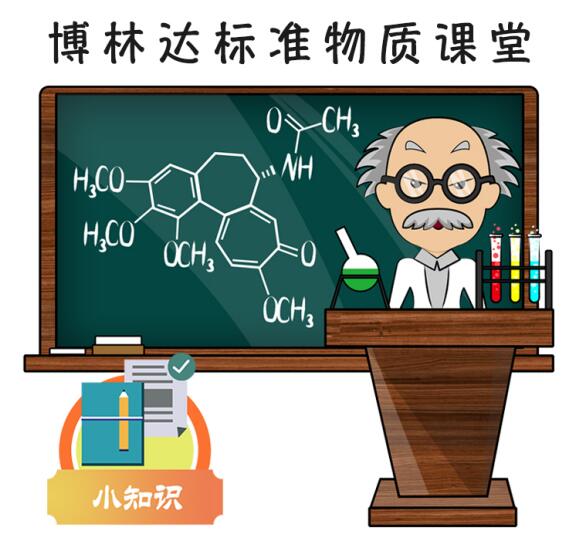2019-09-19 17:10:06
Standard products, that is, standard items, are the Chinese medicine standard reference products research center agent as a measure; When used as a drug, it is the standard content in the content determination. Standards include stoichiometric standards, metallurgical standards and drug testing standards. Different standard products should be selected according to their physical and chemical properties, storage requirements of different storage environment and conditions, respectively placed in the specified position. The following Xiaobian to introduce how to save the standard.
Storage environment: The storage room should be equipped with air conditioning facilities as far as possible to ensure that the room is cool, dry, dark and ventilated, the temperature is about 25 ° C, and the relative humidity is 50 ~ 75%. Special varieties require proper storage in strict accordance with the specified storage conditions.
The standard shall be stored in a dryer or other suitable container, and each dryer or container shall have a special code outside the standard number to indicate the storage location. The dryer is placed in a special cabinet, arranged in order, and managed by a special person.
Storage period of standard products: generally according to the provisions of the storage period of standard products, the national standard product network provides no period of principle chemical purification standard products for 3 years, biological reagents and unstable 6-12 months is appropriate.
The storage of standard products should be checked by the administrator once a day in the afternoon temperature, humidity and record. Where it does not meet the requirements of the provisions, it shall be adjusted and corrected in time. In rainy season, the custodian should increase the frequency of inspection.

Common standard storage methods are:
1. Storage at room temperature: usually used for chemically stable standard products, it is recommended to store in a dry and cool place.
2.+4 degrees refrigeration: For substances that are not very stable at room temperature, stored in a laboratory freezer (controlled temperature).
3.-20 ° C freezing: for substances that are chemically unstable and easily decomposed at room temperature.
4.-80 degree storage: Some biologically active substances need to be stored in a specific -80 degree refrigerator.
Transport conditions: Compared with long-term preservation conditions, the transport process is relatively short due to the time, so the transport conditions are relatively less stringent than the preservation conditions. Long-term storage conditions for normal temperature and +4 degrees of standard products can be transported at normal temperature conditions, -20 degrees of standard products can be stored in an ice pack to reduce the temperature during transportation, and -80 degrees of stored substances need to be added to dry ice during transportation. However, the effective time of dry ice can only last about 1 day, so this type of material is not suitable for long-distance transportation.
For the standard product prepared into a solution, it is also necessary to pay attention to when saving:
Unless the product label indicates refrigerating or freezing in a laboratory refrigerator, it is best stored in a cool, dry place at room temperature. Because the substance is not easy to decompose at low temperatures, but the low temperature reduces the solubility of the compound, resulting in compounds that are difficult to dissolve at normal temperature when placed at low temperatures for a long time to precipitate crystals, and once precipitated crystals are difficult to dissolve.
For standards that have been opened and used, you also need to pay attention to when saving:
The solution type of product is best used once, if not, please try to transfer to a container that can avoid volatilization of the solution, according to the label of the product to save. However, during the preservation process, there is still a high possibility that the value of the component does not match the COA due to the volatilization of the solution.
Standards should also be checked periodically:
The storage time of the standard product, which is actually a clear requirement in the laboratory accreditation, is the so-called period verification of the standard product.
One is whether the standard product purchased is invalid, generally speaking, the standard product will have a standard certificate, as long as the conditions on the standard product certificate are stored through time to determine whether it is valid or not;
The second is whether the standard solution formulated is ineffective. Strictly speaking, it should be confirmed by the period check, that is, the newly prepared standard solution to determine whether the standard solution prepared a period of time before is within the error range to determine whether it is effective.
The above content is the introduction of how to store the standard, the standard is used in the national drug standards for identification, inspection, content determination, impurities and related substances inspection and other standard substances, it is an integral part of the national drug standards. The national drug standard material is the material basis of the national drug standard, which is a special measuring tool used to check the quality of drugs. It is the benchmark for measuring drug quality; It is also used as a material standard for calibration of test instruments and methods.





